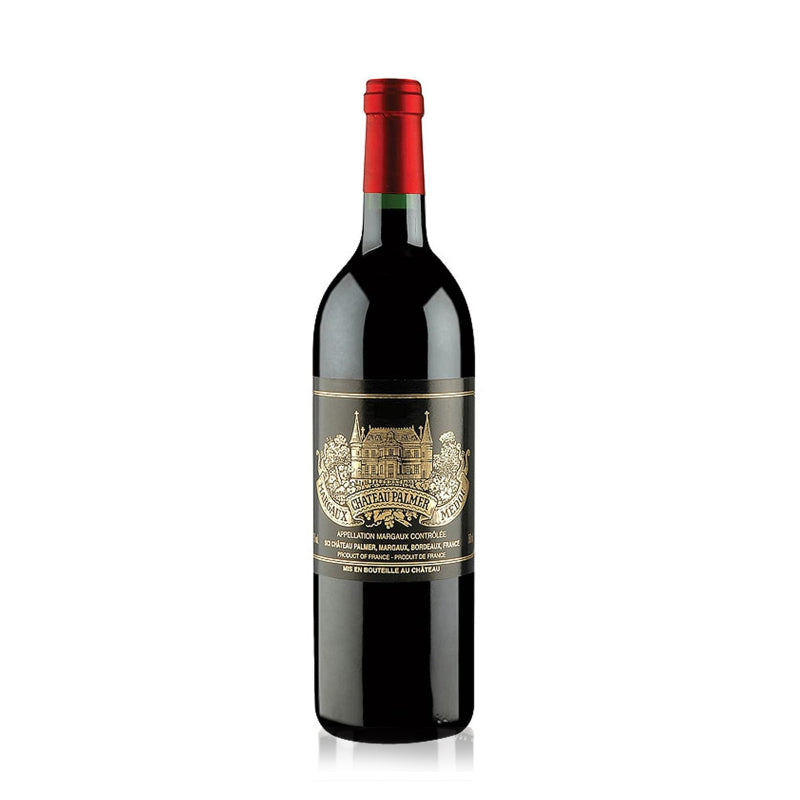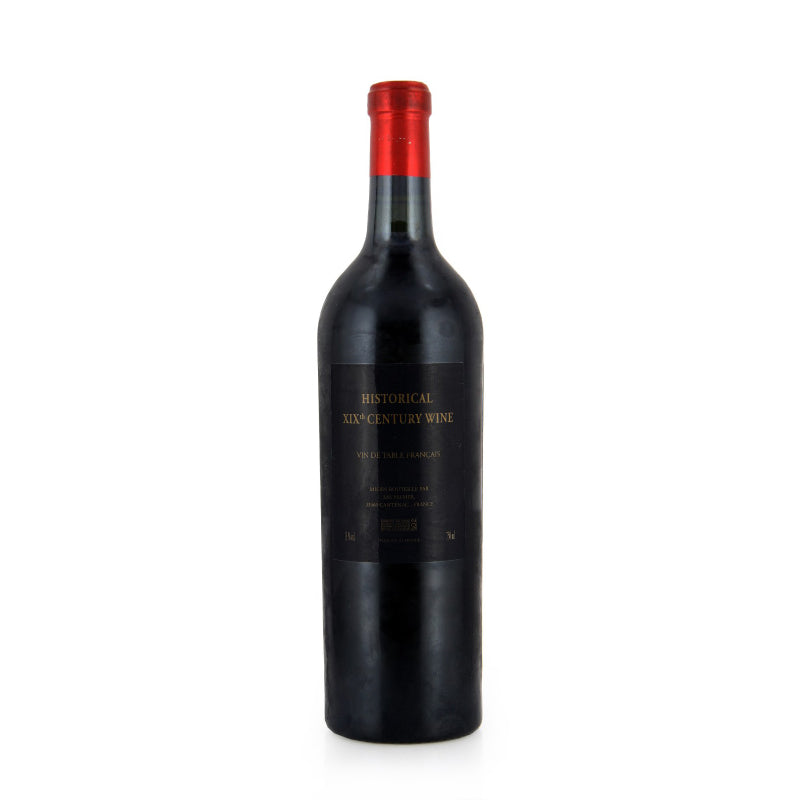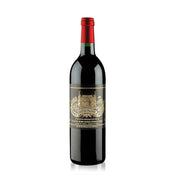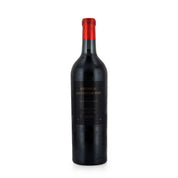Chateau Palmer Margaux 2006 750ml




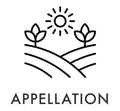

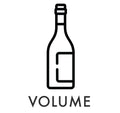



The 2006 Château Palmer, a blend of 44% Merlot and 56% Cabernet Sauvignon, offers aromas of cassis, maraschino, and tobacco. It’s medium-bodied with fine tannins and sweet blackcurrant fruit. The wine is elegant, with good ageing potential, and will continue to evolve gracefully. Despite challenging weather, the vintage achieved a balance of richness and finesse.
The Wine Advocate | RP 94
Published: May 30, 2016
Drink: 2018-2040
Tasted at Bordeaux Index's annual 10-Year On tasting in London. The 2006 Chateau Palmer was wonderful out of barrel ten years ago and now in bottle, it fulfills its promise with a stunning, precise bouquet of maraschino, iodine, cassis and tobacco scents that seem a few years younger than its Margaux peers. The palate is medium-bodied with fine tannin that cloak its sweet core of cassis and blackcurrant fruit. However, what is so striking is the fineness of the tannin and just how well that oak is subsumed into the fabric of the wine. This is a long-term proposition: a great Margaux from Thomas Duroux. Tasted January 2016.
Jancisrobinson.com | JR 17.5
Published: Jun 3, 2019
Drink: 2019-2032
Much more mature colour than the 2008, brick and foxy at the rim. More open too with a herbaceous fragrance as well as smoky black fruit still at the core. Tight and firm but the tannins are more elegant – or resolved – than on the 2008. Deep and harmonious and still a long way to go if giving lots of pleasure now.
Chateau-palmer.com
2006 blend: Merlot 44% Cabernet sauvignon 56%
Playing hide-and-go-seek with fickle weather, the leading terroirs fared well. Shifting between drought and rain, the vines and grapes were able to grow in sufficiently good conditions to fully express their style.
Overall, 2006 was a hot, dry year defined by abrupt climatic fluctuations. After a late budding at the end of March, flowering went smoothly in bright, cool conditions. From mid-June until late July, temperatures were scorching. Fortunately, this hot, dry weather was interspersed with short rainstorms. In these conditions, the first ripening came early and was practically complete by the end of July.
August then brought a sudden turnaround. Cool, rainy weather slowed ripening, leading to extensive canopy management obligations. August’s rainfall kept disease pressure high, which required constant vigilance. At the end of August and throughout the first ten days of September, the heatwave returned with temperatures reaching 35°C (96°F). This accelerated the ripening process, which had slowed until then, while simultaneously weakening the grape skins. The rainy period that followed was fortunately rather cool, and required daily vigilance to ensure each plot was harvested at precisely the right time. Although the weather conditions were inconsistent, they nonetheless led to high grape quality on the major terroirs.
The cumulative quality potential of June and July was fully expressed during the September ripening, and the richness and intensity of the tannins did not overshadow the elegance, subtlety, and depth of the wine.

